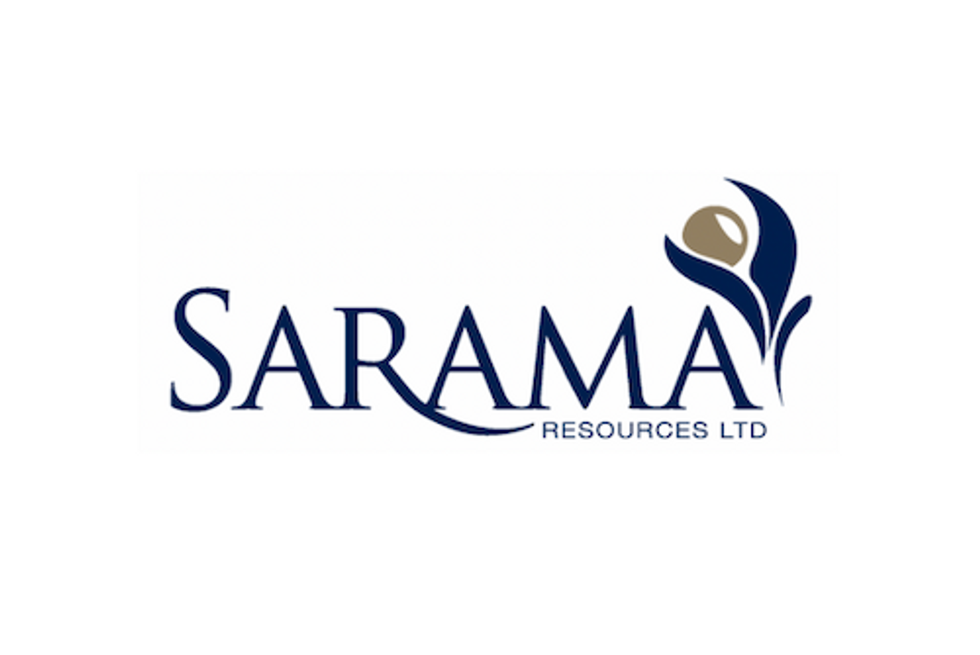With China's Demand for Jewelry Down, Analysts Expect Gold to Weaken

Analysts say the outlook for jewelry demand in China and fears of a near term interest rate hike in the United States will continue to dampen the prospects for gold.
The outlook for jewelry demand in China and fears of a near term interest rate hike in the United States will continue to dampen the prospects for gold, at least in the near future, analysts say.
RBC Capital Markets Commodity Strategist Christopher Louney said it is still possible that a wave of EU referendums, elections in the United States and renewed recessions could threaten the forecasts of investment firms who say the price of gold is heading lower.
However, in the absence of those risk-off events, gold’s drivers from current levels continue to look limited, Louney said.
Here is why:
After first half strength, recent price action suggests that the market is beginning to grapple with the fact that year-to-date moves constitute a one-legged rally.
RBC takes the view that investors may already have seen the 2016 peak for gold.
Given high prices in US dollar terms, and even higher prices in non US demand centres, Louney believes gold jewelry demand will be down significantly year over year in 2016.
That will also apply to industrial and dental demand. Both will likely continue their secular declines due to consistent substitution effects.
“Falling over one’s self to chase a price higher is rarely a winning move, and we continue to recommend selling into rallies in this market,” said Louney.
Jewelry demand in China is expected to be a key factor in gold’s near term decline.
Having overtaken India as the world’s largest gold consumer in 2013, Greater China comprises more than 27 percent of global jewelry demand, and as a consumer market, it is highly sensitive to fluctuations in the price of the commodity.
As a result, the rapid climb in gold prices has been a negative for demand year-to-date and is expected to take the form of several types of substitution.
According to GFMS, jewelry offtake fell by 31 percent year over year to the lowest level since 2010, severely stressing the smaller and more poorly financed fabricators. “In our view, it is not until the very end of 2016 and into 2017 where jewelry demand will materially improve,” Louney said.
RBC now expects gold to weaken, resulting in an annual average price of US$1,258 per ounce in 2016, followed by US$1,241 an ounce in 2017.
In a new report, Morgan Stanley largely agrees with that view.
The report says a speech by US Federal Reserve Board Chairwoman Janet Yellen on August 26, 2016, has raised the prospect of a near term interest rate hike. This, in turn, constrains the short term upside of gold’s price by lifting the demand for US dollar assets, and reducing demand for non-yielding gold.





